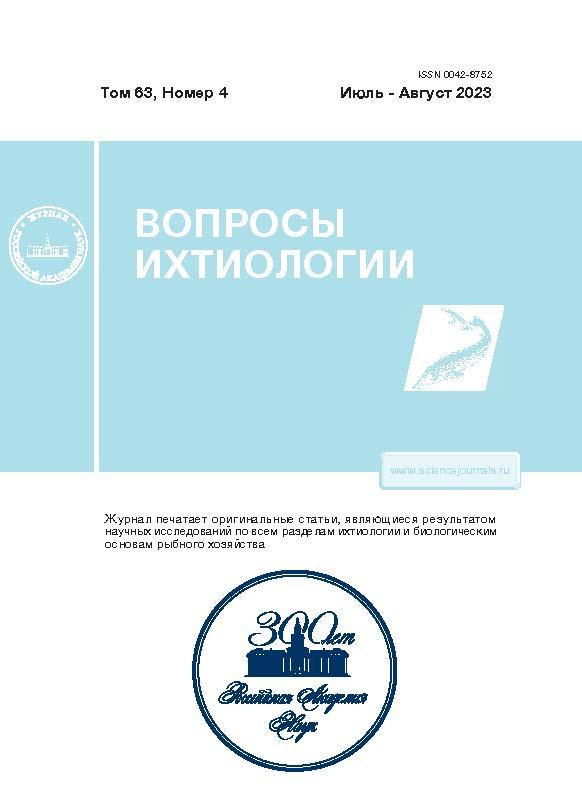Mitogenome Characterization of a Vulnerable Gastromyzontid Fish, Beaufortia pingi (Gastromyzontidae): Genome Description and Phylogenetic Considerations
- Authors: Shen Z.1, Sheng Q.2, Jin Z.3, Zhang Y.2, Lv H.2
-
Affiliations:
- Fishery Resources and Environmental Science Experimental Station of The Upper-Middle Reaches of Yangtze River Ministry of Agriculture and Rural Affairs, Yangtze River Fishery Research Institute, Chinese Academy of Fisheries Science, Wuhan, Hubei, China
- Zhejiang Province Key Laboratory of Aquatic Resources Conservation and Development, College of Life Sciences, Huzhou University, Huzhou, Zhejiang, China
- Tourism College of Zhejiang, Hangzhou, Zhejiang, China
- Issue: Vol 63, No 4 (2023)
- Pages: 426
- Section: Articles
- URL: https://journals.rcsi.science/0042-8752/article/view/135209
- DOI: https://doi.org/10.31857/S0042875223040252
- EDN: https://elibrary.ru/ROMMDX
- ID: 135209
Cite item
Abstract
The hillstream loaches are a species-rich group that are well adapted to fast-flowing freshwater habitats. Loss of habitat owing to the construction of hydropower dams makes these fishes vulnerable. The phylogeny of the genus Beaufortia remains contentious according to previous studies. To help clarify the phylogenetic relationships of Beaufortia and related species, we sequenced and analyzed the complete mitogenome of B. pingi. The circular mitogenome is 16 565 b.p. long and contains 13 protein-coding genes (PCGs), 22 transport RNA genes, two ribosomal RNA genes, and one control region. The most-common codon in PCGs was leucine (16.66%), followed by alanine (9.32%) and threonine (7.71%). A phylogenetic analysis including 17 other species of hillstream loaches was performed using the maximum-likelihood method, based on the sequences of 13 mitochondrial PCGs. These species divided into two clades: Gastromyzontidae and Balitoridae, and some genera, including Beaufortia, appeared paraphyletic. Specifically, B. pingi grouped with Erromyzon kalotaenia, Yaoshania pachychilus, and Pseudogastromyzon fangi, followed by clustering with two other species of Beaufortia.
About the authors
Z. Shen
Fishery Resources and Environmental Science Experimental Station of The Upper-Middle Reaches of Yangtze River Ministry of Agriculture and Rural Affairs, Yangtze River Fishery Research Institute, Chinese Academy of Fisheries Science, Wuhan, Hubei, China
Email: qsheng@zjhu.edu.cn
Китай, Ухань
Q. Sheng
Zhejiang Province Key Laboratory of Aquatic Resources Conservation and Development, College of Life Sciences, Huzhou University, Huzhou, Zhejiang, China
Email: qsheng@zjhu.edu.cn
Китай, Хучжоу
Z. Jin
Tourism College of Zhejiang, Hangzhou, Zhejiang, China
Email: qsheng@zjhu.edu.cn
Китай, Ханчжоу
Y. Zhang
Zhejiang Province Key Laboratory of Aquatic Resources Conservation and Development, College of Life Sciences, Huzhou University, Huzhou, Zhejiang, China
Email: qsheng@zjhu.edu.cn
Китай, Хучжоу
H. Lv
Zhejiang Province Key Laboratory of Aquatic Resources Conservation and Development, College of Life Sciences, Huzhou University, Huzhou, Zhejiang, China
Author for correspondence.
Email: qsheng@zjhu.edu.cn
Китай, Хучжоу
References








